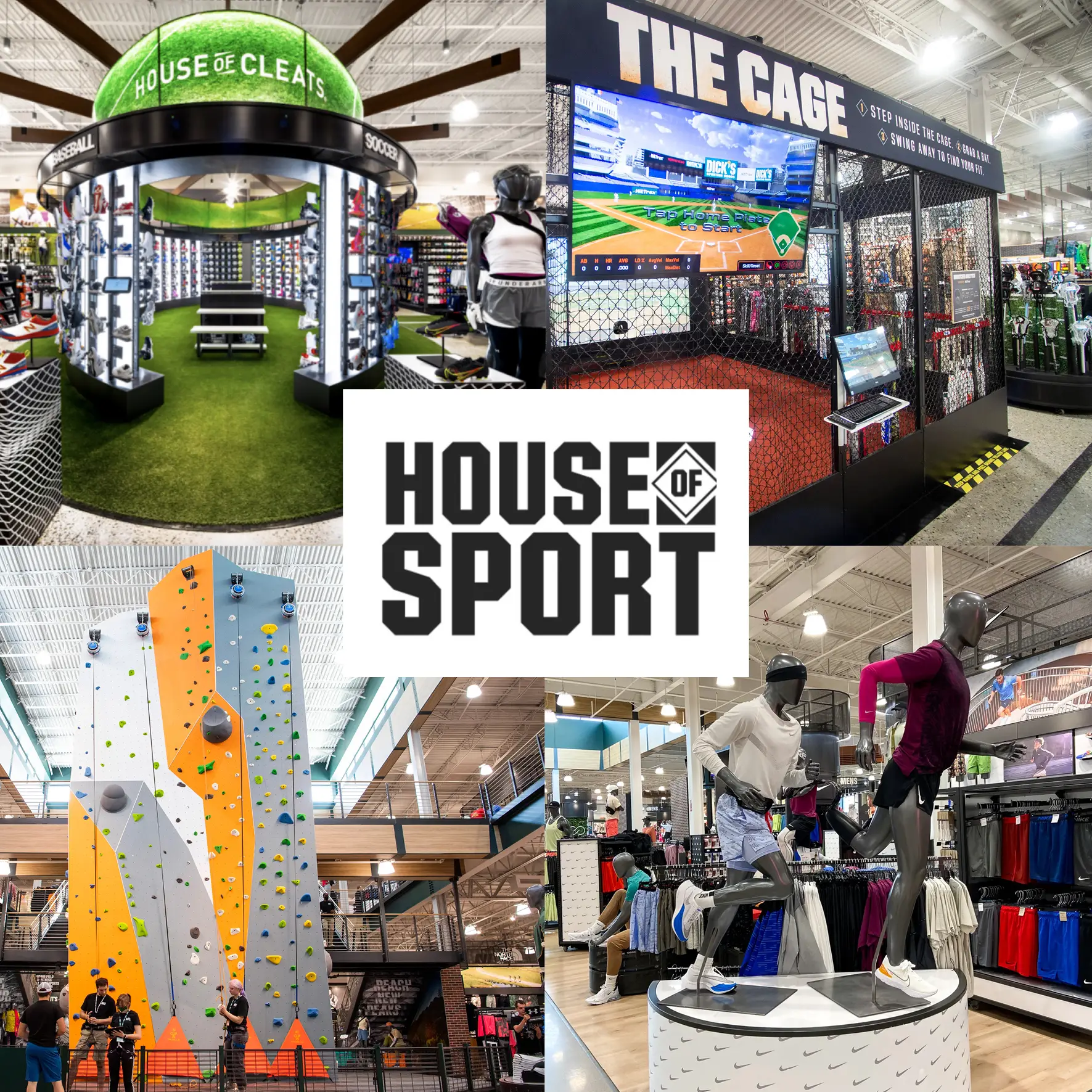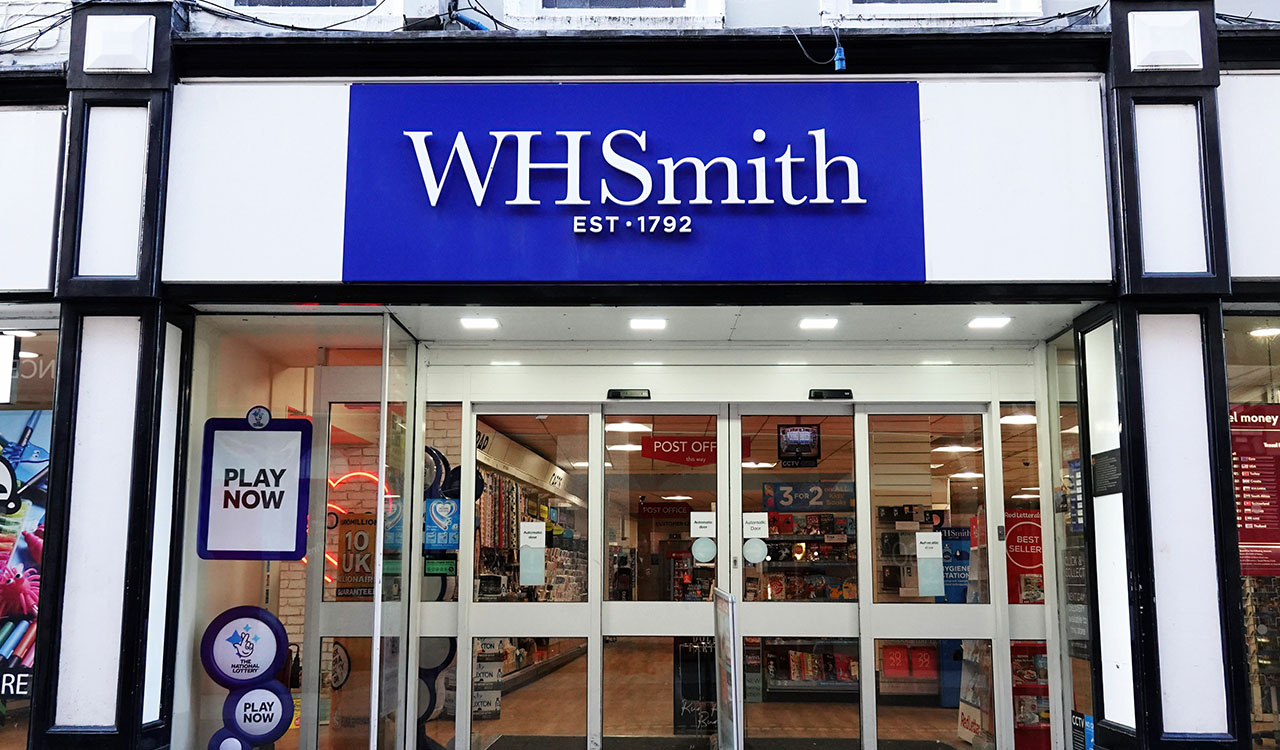For the vast majority of the 20th century, retailing had been largely transactional. The store was the place where the goods were seen, sold, and stored (hence the term). With the advent of ecommerce that definition became questioned, and the change-averse retail industry was challenged and became progressively under siege.
Retailers who were already outside their comfort zone prior to the pandemic got pushed to the limit, and in some cases over the limit. The tsunami-like wave that compressed five to seven-years of ecommerce maturation into mere months was like nothing the industry had ever experienced. The “store” is now undergoing a forced reimagination, for reasons that continue to elude many in the industry. One could say the retail industry is myopic.
Retail theater, by definition, dictates a radical reimagining of the actual physical spaces. It also drives where, how big, and how many stores are required in this new ecosystem. New criteria will drive interior design and the physical architecture to engage the customer and animate the brands. There is no better example of this than Dick’s House of Sport, their most recent, highly immersive format.
Normalization
After several years of unparalleled ecommerce growth, things are beginning to normalize, and online retail is beginning to settle in. Digital Commerce 360’s analysis of Commerce Department data tells us more than $1 in every $5 spent on retail purchases came from online orders in the second quarter of 2022. While other sources might challenge that specific number, I see these arguments as “attribution confusion” a fixation over channels (online vs offline) rather than grasping the bigger picture of how shoppers think and behave.
Reflection Time
Regardless of metrics and channel chatter, ecommerce has transformed the customer’s path-to-purchase. It’s made it more dynamic, fluid, and very personal. It influences when, where, and if a sale takes place. It also provides strong direction for how the store must evolve to remain relevant.
I must confess, I helped popularize (and must now obviate) the term “omnichannel” in favor of “unified commerce,” and it’s more than a semantics thing. The best argument for the new handle is the absence of the word channel. Online and in-store brand anatomies are as interdependent as our hearts and our brains. Thus, I favor leaning into the idea of unification because customers don’t think channels, they think brands, and want the experience to be seamless.
It’s the Shopper, Stupid
Customers further expect their favorite brands to be thinking about them. I don’t mean in demographic, psychographic, or metaphorical terms. No, customers expect each brand to literally and figuratively “know them.”
Additionally, customers expect the brand to be able to respond to their needs in a highly personal way, regardless of the point of engagement, online and/or offline. And at a time when those touchpoints along the path-to-purchase are dynamic and ever-changing, retailers and brands have their work cut out for them.
Experiential vs Transactional
The store’s evolving purpose in the “new retail” is more media than place, more akin to communication than ultimate destination. The word media is plural, it’s active rather than passive, and begins to frame the essential integration of digital and offline behaviors that are forever part of the purchasing process.
New retail can be thought of as “branded entertainment.” To fulfill the new role of the branded entertainment environment, retailers must design the customer experience around immersive engagement, learning, socialization, and increased dwell time. According to Shannon Ryan, Executive Vice President of North America at Valtech, “There’s a fundamental shift among retailers as they try to tease out the difference between fulfillment – or a customer walking into a store and knowing exactly what they need – and shopping – where the customer is more open to experiences.” I could not agree more!
The new store must augment the online process, not replicate it. Further its value as a point of human engagement and brand building cannot be overstated. It’s no accident that when one visits an Apple store there is nearly a one-to-one relationship between the customers and the brand ambassadors (note I did not say salespeople). Additionally, every aspect of the customer’s behavior has been anticipated.
More and Less
Traditional store operations of the past focused on inventory, transactions, fulfillment, product turns, and sales-per-square-foot. These key performance metrics drove everything. Operations in the new retail are to create retail theater, a term coined by my mentor and colleague Kenneth Walker, founder of The Walker Group in New York City.
In retail theater, the customers are the actors, the brands set the stage, and the retailer writes the interactive script. Because this theater never closes, it must constantly be refreshed, hence the media concept. Retail theater by definition dictates a radical reimagining of actual physical spaces. It also drives where, how big, and how many stores are required in this new environment. New criteria will drive interior design and physical architecture to engage the customer and animate the brands. I know of no better example of this than Dick’s House of Sport, their most recent, highly immersive format.
Immersive Experiences
The first of Dick’s 100,000+ square-foot sports palaces, developed with WD Partners, opened in April 2021 in Rochester, New York. A month later the wraps came off the second in West Town Mall, Knoxville TN. The third iteration opened in suburban Minneapolis, just minutes from our home, and I had the privilege to get a sneak peek before the opening. All three stores, are on sites of closed Sears stores.
The underlying theme of the new 125,000-square-foot concept is “immersive product engagement.” Major investments have been made in hands-on testing and authentic sporting experiences, including an outdoor Olympic grade running track, a soccer field and hockey rink adjacent to the store as “testing grounds.”
Dick’s is making a major investment in community sports, engaging local hockey teams through ice-time rental and family open skating on their stadium-lit, outdoor ice rink. Summer camp sports programs are also planned. In-store events include homeschool P.E. which speaks volumes to community outreach as well as building lifetime customer value.
Inside the store a 40-foot climbing wall beckons, golf-bays provide a place to practice your swing, and baseball players can test multiple bats in a batting cage that checks swing velocity and distance. You can get a proper fit, be it on a bike or for a custom Lacrosse stick. You can find the best cleats among a selection of 400 in the House of Cleats.
The House of Sport design team pulled out all the stops when it comes to visual merchandising and display design to heighten the sense of authentic sports. They’ve utilized more than 750 custom mannequins in extreme sports contortions, which align with the individual specialized sports activities throughout the store.
New Retail, New Thinking
Beyond the physical nature of the new store, there are other change drivers that impact the model. These include reevaluating key stakeholder relationships, new distribution models, and redefining customer service roles. Here are a few such examples:
Simon Brand Incubator. The relationships between retailers and their landlords, lessees, and lessors are undergoing (much needed) change. Gone are the days of the “take-it-or-leave-it” dictates of one on the other. What’s emerging is a more conciliatory relationship. Those developers/landlords not promoting a more co-dependent business model have or will become an endangered species. Simon Properties has a long and rich history of commitment to helping launch and guide small independent retailers, long before the advent of the internet. I’ve chronicled their history of being a “retail incubator” spawning startups in the past. Now they’ve taken it to another level.
Simon is partnering with Leap, a company that has created a turnkey model to bring largely direct-to-consumer brands into the realm of brick and mortar, specifically into retail markets in premium locations. Leap does it all, from design and development to operations and management, as well as day-to-day operations. “It is our hope that by working together we will continue to both incubate brands through the LEAP platform as well as help them expand throughout our portfolio where they can reach hundreds of millions of their target consumers annually,” said Zachary Beloff, vice president of leasing at Simon Property.
Brookfield Property Partners offers a service to their mall tenants to provide back-of-house picking and shipping services to enable store staff to concentrate on higher-value customer-facing services. This becomes a kind of Instacart concierge service, tailored to the specialty retailer.
Nike Live and Nike Rise. The wholesaler/retailer relationship has forever changed. Brands that were becoming commoditized in multi-brand environments forced many premium retail brands to go direct to consumers to control their message and image. At the same time, national brands have sought to tailor both their products and messaging to an ever more specialized and localized audience.
The Nike Live format, introduced last year in its hometown of Eugene, Oregon personalizes product down to the neighborhood level, with new product drops every three weeks. Live currently has stores in Los Angeles, New York, and Tokyo.
Now Nike looks to its next stage of innovation by launching Rise in North America, with the opening of Nike Aventura, in Miami. The concept includes a digital storytelling feature called Sport Pulse with screens displaying local sports content as well as city and athlete data. Both Nike Live and Nike Rise share many of the experiential elements that have made their flagship Nike House of Innovation a New York City destination.
The Smart Store. All retailers need to do more with less, in this age of decreasing margins and increasing customer demand. Perhaps the lowest-hanging fruit is to empower the consumer via their ever-present smartphone. And I’m talking about more than blasting ads and discount offers.
Greater implementation of QR codes would enable the customer to gain access to more key decision-making information. This includes product features and benefits as well as consumer reviews, content, sourcing, and sustainability information. These are all things today’s next-gen consumers are interested in.
Digital signage is not new but has made major advances in recent years. Digital wayfinding and mapping solutions like those offered by Mappedin can go a long way to saving shoppers time and increasing worker productivity. Imagine the “orange-apron benefit” if you could walk into your local Home Depot and ask Siri or Alexa where the furnace filters are and have the route mapped out. Seems like table stakes.
The tools of the new trade include QR codes, smart mirrors, digital signage, AI-powered voice assistance, and real time one-to-one livestream selling. The good news is that the single most important piece of tech hardware for these missions is already in the customer’s hands. Retailers and brands are tasked with new and empowering ways of using them.
New Retail Deconstructed
In summary, the evolution of the new store will be to redefine its purpose, enhance its role in the community, up its stagecraft, redesign its space and place, become an experiential hub, and get a lot smarter as a unified commerce operation.





